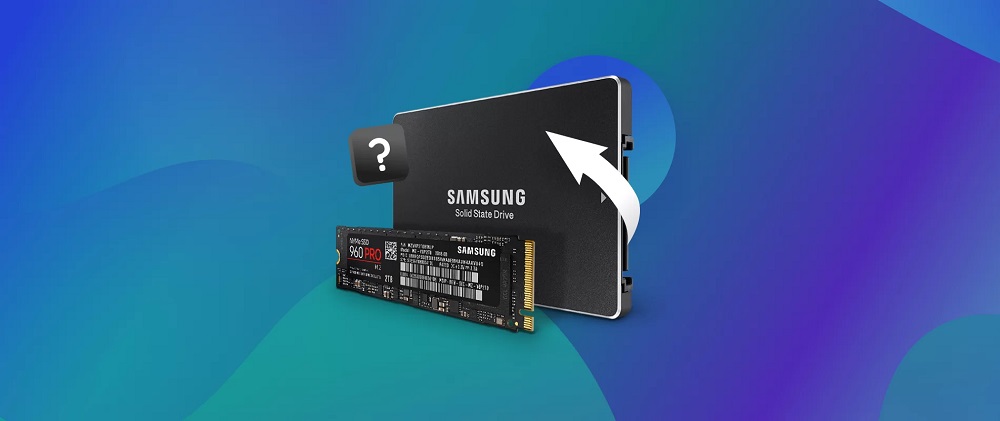
A solid-state drive (SSD) is a type of data storage device that uses NAND-based flash memory to store data. SSDs are widely used in modern devices such as laptops, smartphones, and gaming consoles because of their faster read and write speeds, lower power consumption, and high durability.
However, just like any other storage device, data loss can occur due to accidental deletion, formatting, virus attacks, or hardware failure. Therefore, data recovery is essential to retrieve lost data from SSDs. The purpose of this article is to explore whether it is possible to recover deleted data on SSDs.
Overview of SSD Data Recovery
SSD data recovery is the process of retrieving lost or deleted data from a solid-state drive. It involves the use of various techniques, software, and hardware to extract data from the SSD.
Logical Recovery
Logical recovery is the most common type of SSD data recovery. It involves the use of software tools to recover data from the logical structure of the SSD. The software tools scan the file system and recover the deleted or lost files.
Physical Recovery
Physical recovery is a more complicated type of SSD data recovery. It involves the use of specialized hardware and software tools to retrieve data from the SSD. Physical recovery is necessary when the logical structure of the SSD is damaged.
Chip-off Recovery
Chip-off recovery is the most complex type of SSD data recovery. It involves the removal of the NAND flash memory chips from the SSD and reading the data directly from the chips using specialized equipment.
Factors Affecting SSD Data Recovery

Age of SSD
The age of the SSD affects the data recovery process. Newer SSDs are easier to recover data from than older ones because of advancements in technology.
File System
The file system used on the SSD affects the data recovery process. Different file systems have different structures, and some are more complex than others, making data recovery more difficult.
TRIM Command
The TRIM command is a feature in SSDs that helps improve performance by erasing blocks of data that are no longer in use. However, the TRIM command also makes data recovery more challenging by permanently erasing deleted data.
Overwriting of data
When new data is written to an SSD, it overwrites the old data, making it difficult or impossible to recover the old data.
Encryption
Encryption is used to protect data from unauthorized access. However, it also makes data recovery more challenging because the data is encrypted and requires a key to access.
Techniques for Recovering Deleted Data on SSD
The easiest and most common technique for recovering deleted data on an SSD is to use SSD data recovery software. There are many software tools available that can scan and recover ssd, deleted or lost files. These software tools work by searching the file system for deleted files and restoring them.
Another technique for recovering deleted data on an SSD is to contact the manufacturer. The manufacturer may have specialized tools and techniques for recovering data from their SSDs.
If the data is critical and cannot be recovered using software tools or by contacting the manufacturer, hiring a professional data recovery service is the best option. Professional data recovery services have the expertise, equipment, and resources to recover data from even the most damaged SSDs.
Limitations of Recovering Deleted Data on SSD
Physical Damage. If the SSD is physically damaged, data recovery may be impossible. Physical damage can occur due to water damage, fire, or other forms of physical trauma.
Overwritten Data. If the data has been overwritten by new data, it may be impossible to recover the old data. The more the SSD is used after data loss, the greater the chance that the lost data will be overwritten.
Encrypted Data. If the data is encrypted and the encryption key is lost, it may be impossible to recover the data. Encryption is designed to protect data, and without the encryption key, the data cannot be accessed.
Conclusion
In conclusion, recovering deleted data on SSDs is possible but can be challenging. The success of data recovery depends on various factors such as the age of the SSD, file system, TRIM command, overwriting of data, and encryption. The easiest and most common technique for recovering deleted data on SSDs is to use SSD data recovery software.
However, if the data is critical and cannot be recovered using software tools or by contacting the manufacturer, hiring a professional data recovery service is the best option. It is essential to keep backups of important data to avoid data loss and to consult an expert if data loss occurs. With the advancement of technology, SSD data recovery techniques and tools will continue to evolve, making it easier to recover lost data in the future.







